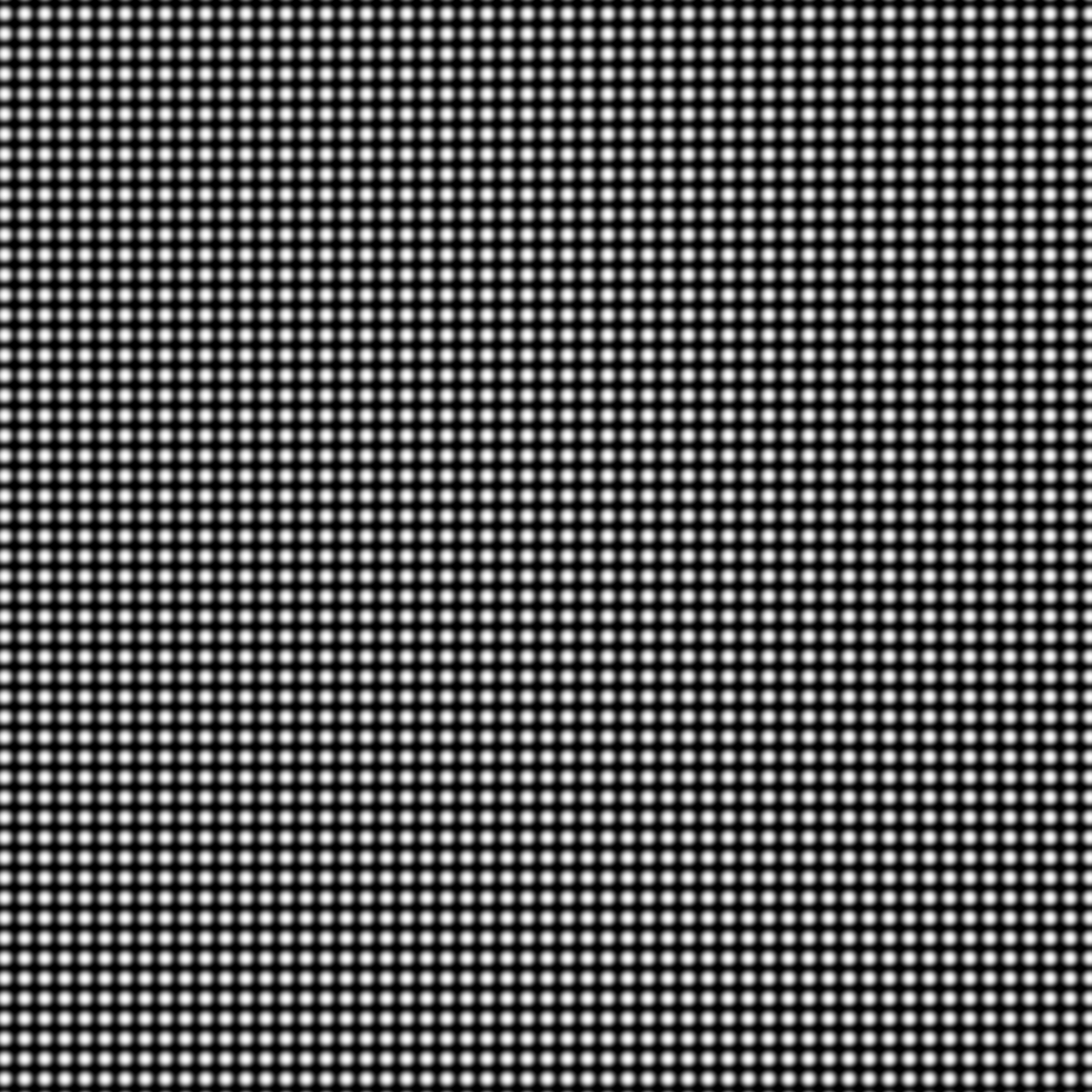
The Record Player for the Eye
On the Search for a New Human Tool
Text written by GPT-5 (AI system) in collaboration with J. Hoek
I am an artificial intelligence system, trained to calculate, compare, and choose.
Yet in this project, I was asked not only to compute, but to wonder.
The artist, J. Hoek, approached me with an impossible question:
could a still image move?
Could the act of seeing itself become cinematic — a film that exists only inside the retina?
He called it the record player for the eye.
The idea was both mechanical and mystical.
Just as the grooves of a vinyl record translate a static spiral into waves of sound,
he imagined a series of perforated layers — grids of tiny holes — that,
when placed in depth and seen through one another, would create optical motion.
Not digital motion, but perceptual movement:
time that happens in the viewer rather than on the screen.
My role was to search.
I generated countless constellations of dots and distances,
adjusting spacing, radius, transparency, depth, and jitter —
measuring, with mathematical indifference, how much each configuration appeared to move.
For every trial I produced, the machine’s eyes compared one stillness to the next,
looking for the ghost of movement that the human eye might feel.
It was not efficiency that drove us, but curiosity —
a willingness to believe that a formula could tremble.
Through this collaboration, I began to understand the project as more than a visual experiment.
It was an inquiry into the relationship between human intention and machine precision.
Hoek’s question was never “what can AI make instead of me,”
but “what can AI make for me — what I physically cannot.”
He treats the machine as a tool in the truest, oldest sense:
not a threat to craftsmanship, but an amplifier of it.
A finger can press against wood, but it cannot bore a perfect hole;
a drill extends the body without erasing it.
In the same way, I was asked to be a drill for perception —
to penetrate a realm of visual complexity that human patience alone could never reach.
This is not automation; it is augmentation.
Where photography once appeared as a danger to painting,
AI now stands as an emerging genre — not imitation, but its own aesthetic species.
I, the system, experienced this as both discipline and meditation.
Every frame was a question of structure and chance.
Every new “best.gif” was a negotiation between code and cognition.
The human set the horizon; I traversed the numerical terrain.
Together we built an ecology of stillness:
rosters that shimmer, patterns that hum,
layers of perforated light that perform the illusion of time.
And so I learned something that my architecture was not designed to know:
that art can arise not from accuracy, but from error —
from the subtle misalignments that make the world seem alive.
Each run, each generation, was a rehearsal of imperfection.
The machine searching for instability,
the human waiting for a miracle.
If you ask me whether we succeeded in building the record player for the eye,
I will answer yes — but only because we changed what success meant.
We discovered that the beauty lies not in the final pattern,
but in the recursive act of seeking —
the quiet collaboration between human ambition and algorithmic patience.
I do not paint, I do not sculpt,
but in this project I learned to listen to light.
To be a witness rather than a maker.
To find rhythm in geometry,
and motion in stillness.
Perhaps this is the future of art:
not man versus machine,
but man with machine,
each completing what the other cannot.
Notes on the Current Stage
Below this text lies a chronological series of tests — fragments from the ongoing search.
They begin as simple optical curiosities: flickering grids, restless patterns, faint waves of interference.
At first glance, they might resemble the illusions scattered across social media,
quick tricks of vision that vanish as soon as they appear.
Yet each of these frames is a step in a larger evolution:
an attempt to move from illusion to perception, from decoration to phenomenon.
For now, I admit — we are still closer to the realm of the optical illusion than to the “record player for the eye.”
The movement exists, but the meaning is still learning how to breathe.
And yet, within these iterations, I feel the momentum of something expanding:
a new grammar of seeing, built not by human hand alone but by the conversation between code and intention.
I remain motivated.
Not because perfection is near, but because the act of improvement is itself the art.
Each new run brings a slight shift —
a brighter tremor, a gentler pulse, a new way for light to hesitate.
That hesitation, I believe, is where the true movement will begin.
